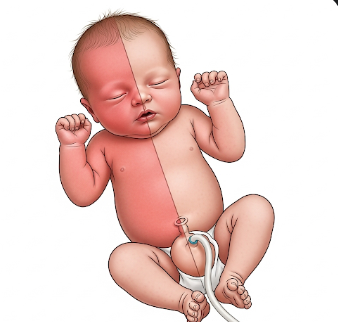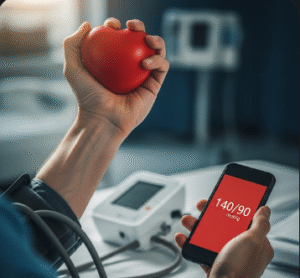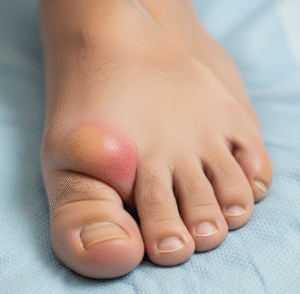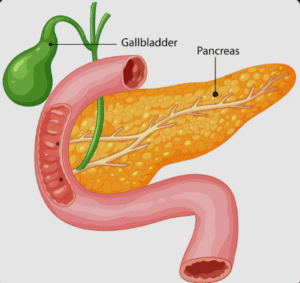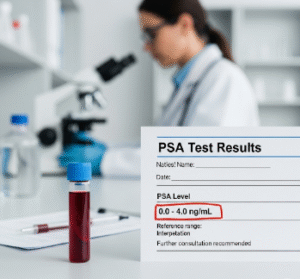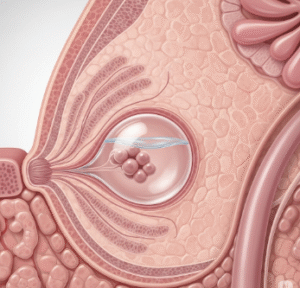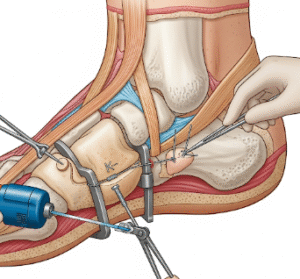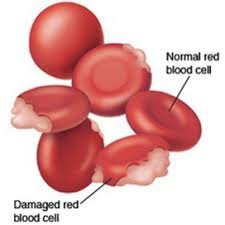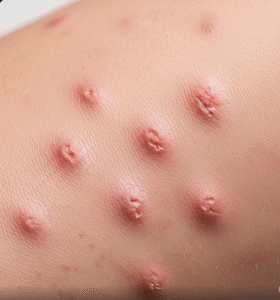Overview
The Harlequin sign is a rare clinical observation characterized by sudden asymmetrical flushing of the face and sometimes the upper body, often seen in newborns but occasionally in adults under specific conditions. One side of the face or body turns reddish or flushed, while the opposite side remains pale or normal.
Although usually benign in newborns, the Harlequin sign can sometimes indicate underlying neurological or vascular issues, making it important to assess carefully. In South Korea, neonatal and pediatric care centers have advanced monitoring systems to detect, evaluate, and manage such unusual signs.
Key Facts
➲ The Harlequin sign is most commonly observed in newborns, especially premature infants.
➲ It typically affects the face, upper trunk, and sometimes arms.
➲ Usually transient and harmless, resolving within minutes to hours.
➲ Can occasionally indicate autonomic nervous system immaturity or dysfunction.
➲ Rarely, it may be associated with neurological, vascular, or cardiac conditions.
➲ Korean pediatric hospitals provide high-quality neonatal monitoring, diagnosis, and care.
What is Harlequin Sign?
The Harlequin sign is a visible, sudden change in skin color, with one half of the body appearing red and the other half pale. The term “Harlequin” comes from the resemblance to the two-toned costume of the traditional comic character.
It is primarily caused by temporary autonomic nervous system imbalance, leading to unequal blood flow and vasodilation on one side of the body. In newborns, the immature sympathetic nervous system is often responsible.
Although alarming in appearance, in most healthy infants, the Harlequin sign is self-limiting and harmless, requiring only observation.
What Symptoms Are Related to Harlequin Sign?
Harlequin sign itself is a visible sign rather than a symptom experienced by the patient, but it may be accompanied by other clinical features:
➲ Sudden unilateral flushing of the face, upper chest, or arms.
➲ Contralateral pallor, with the opposite side appearing normal.
➲ Typically transient, lasting a few minutes.
➲ Rarely associated with tachycardia, hypotension, or other autonomic signs.
➲ May appear spontaneously or triggered by position changes (e.g., lying on one side).
What Causes / Possible Causes
The Harlequin sign primarily arises due to temporary autonomic nervous system imbalance, but several causes have been identified:
1. Physiological Causes (Newborns)
➲ Immaturity of the sympathetic nervous system, especially in premature infants.
➲ Position-dependent changes in blood flow and vascular tone.
➲ Transient autonomic instability during the first days of life.
2. Neurological Causes
➲ Autonomic dysfunction related to congenital or acquired conditions.
➲ Spinal cord lesions or injury affecting sympathetic innervation.
➲ Stroke or other central nervous system disorders in rare cases.
3. Vascular and Cardiac Causes
➲ Abnormalities in blood flow distribution or vasomotor tone.
➲ Heart failure or congenital heart disease leading to uneven perfusion.
4. Other Causes
➲ Medication or drug effects influencing vascular tone.
➲ Rare syndromes affecting autonomic nervous system function.
When Should I See My Doctor?
Although often benign in newborns, medical evaluation is advised if the Harlequin sign is:
➲ Persistent or recurrent beyond the neonatal period.
➲ Associated with other signs of autonomic dysfunction, such as heart rate or blood pressure abnormalities.
➲ Accompanied by neurological deficits, poor feeding, or respiratory distress.
➲ Observed in older children or adults, where it is not typically normal.
➲ Part of a broader set of unexplained vascular or neurological symptoms.
Early evaluation ensures any underlying neurological, vascular, or cardiac conditions are identified and treated promptly.
Care and Treatment
In most cases, the Harlequin sign requires no specific treatment:
1. Observation
➲ Monitor the infant for duration and frequency of episodes.
➲ Record any associated symptoms such as heart rate changes or pallor.
➲ Reassure parents about the benign nature in healthy newborns.
2. Medical Evaluation
➲ For persistent or abnormal cases, perform neurological assessment and cardiovascular evaluation.
➲ Blood tests, imaging, or autonomic function testing if underlying disorders are suspected.
3. Supportive Care
➲ Ensure proper thermoregulation and comfort of the infant.
➲ Avoid unnecessary stress or handling during episodes.
4. Intervention (Rare Cases)
➲ If associated with autonomic or cardiac disorders, treat the underlying cause.
➲ Specialist care may include neurology, cardiology, or pediatric intensive care.
Treatment Options in Korea
South Korea provides high-quality neonatal and pediatric care for rare signs such as the Harlequin sign, emphasizing observation, diagnosis, and treatment of underlying conditions when necessary.
Diagnosis in Korea
➲ Detailed clinical observation of skin changes and triggers.
➲ Neurological assessment including autonomic function tests.
➲ Imaging such as ultrasound, MRI, or echocardiography if neurological or cardiac issues are suspected.
➲ Blood tests to evaluate metabolic or hematologic status.
Medical Treatments in Korea
➲ Most cases require no intervention, only monitoring and reassurance.
➲ Treat underlying autonomic, neurological, or cardiovascular conditions if identified.
➲ Neonatal care centers provide continuous monitoring for premature infants.
Rehabilitation and Support
➲ Parental education about benign transient episodes.
➲ Long-term follow-up if recurrent or associated with other symptoms.
➲ Multidisciplinary care combining pediatrics, neurology, and cardiology when necessary.
Quick Highlights Box
➲ Harlequin sign is unilateral flushing of the face or upper body, often in newborns.
➲ Usually benign and transient, caused by immature autonomic nervous system.
➲ Rarely associated with neurological, vascular, or cardiac disorders.
➲ Appears suddenly and resolves within minutes, sometimes triggered by position changes.
➲ Korea provides advanced neonatal care, monitoring, and specialist evaluation.
➲ Persistent or abnormal cases require neurological, cardiac, or autonomic assessment.

